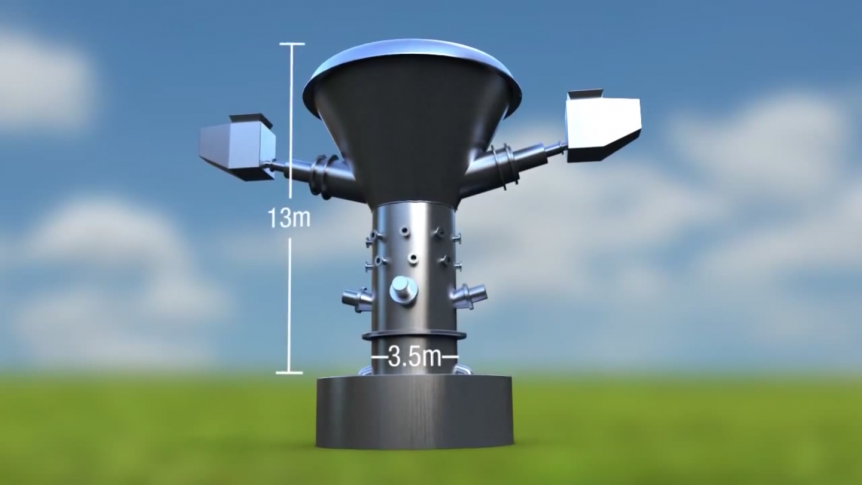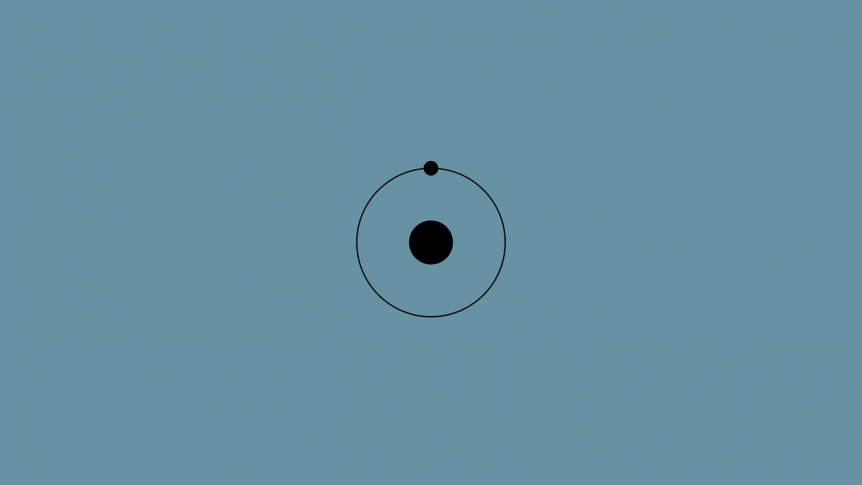What if we could make “clean” hydrogen from plain water, with none of the problems associated with coal, oil or gas extraction and the waste byproducts produced in extracting brown or blue H2? Several approaches such as artificial leaves have been developed, but a totally different new approach seems incredibly promising. A promising approach may lead to greener-than-green hydrogen. The Race to Invent the Artificial Leaf Varun Sivaram, in his book Taming the Sun discusses how Nate Lewis at Caltech and Daniel Nocera at Harvard “determined to find a way to wring fuel out of thin air.” Each has created an “artificial leaf” that emulates the photosynthesis performed naturally by real leaves. A real leaf is far more complex than one would imagine, and the chemical interactions inside even more so. For all that, photosynthesis is only one percent efficient. “A commercially viable artificial leaf would solve several of the trickiest challenges in clean energy. It would create a way …
Hydrogen from Dirty and Clean Sources
Hydrogen, the first element created from the Big Bang, is the lightest in the periodic table, has the atomic number 1, and is “the most abundant chemical substance in the universe.” (Wikipedia). Until starting this blog entry, though, your editor was unaware that this colorless gas came in brown, blue, and green variants – referring to the methods used to extract h2. Hydrogen can be extracted from some fairly dirty sources, but the dirtiest may lead to an amazingly clean outcome, if we’re to believe what’s happening in Lancaster, California. The Guardian reports, “Broadly, there are currently three ways to make hydrogen. Brown hydrogen is produced when the element is stripped out of fossil fuels such as coal, while blue hydrogen is produced from gas. Green hydrogen is produced from running an electric current through water using an electrolyser powered by renewable energy such as solar.” (A simplified list) Brown H2 from Brown and Black Coal Brown coal has more …


